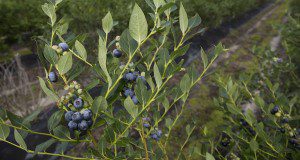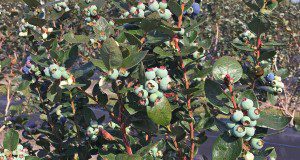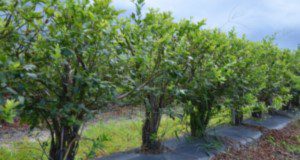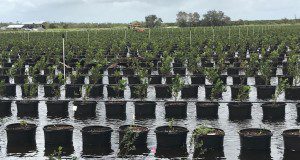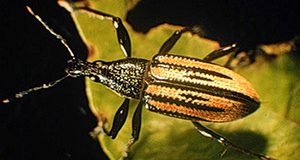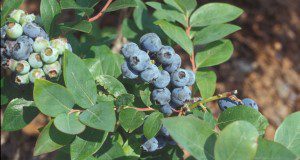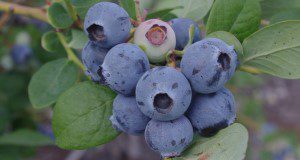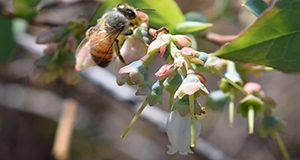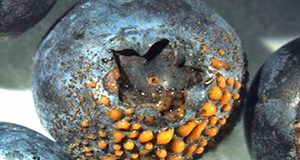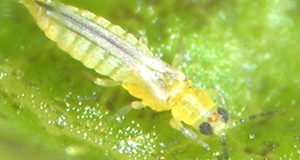
Chilli thrips, (Scirtothrips dorsalis Hood; Thysanoptera: Thripidae), is an economically important pest of vegetable, fruit, and ornamental crops throughout Asia, Africa, Oceania, the Caribbean, and some parts of South America and is an invasive pest in several US states. Chilli thrips were first observed in Florida in 1991. It was first recorded in blueberries in Hernando, Pasco and Sumter counties in July of 2008. This 4-page fact sheet written by Oscar E. Liburd, Babu R. Panthi, and Douglas A. Phillips and published by the UF/IFAS Entomology and Nematology Department discusses the life cycle of the chilli thrips, plant damage it causes, and management recommendations for chilli thrips in blueberries in Florida.
https://edis.ifas.ufl.edu/in1298
